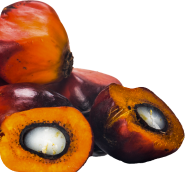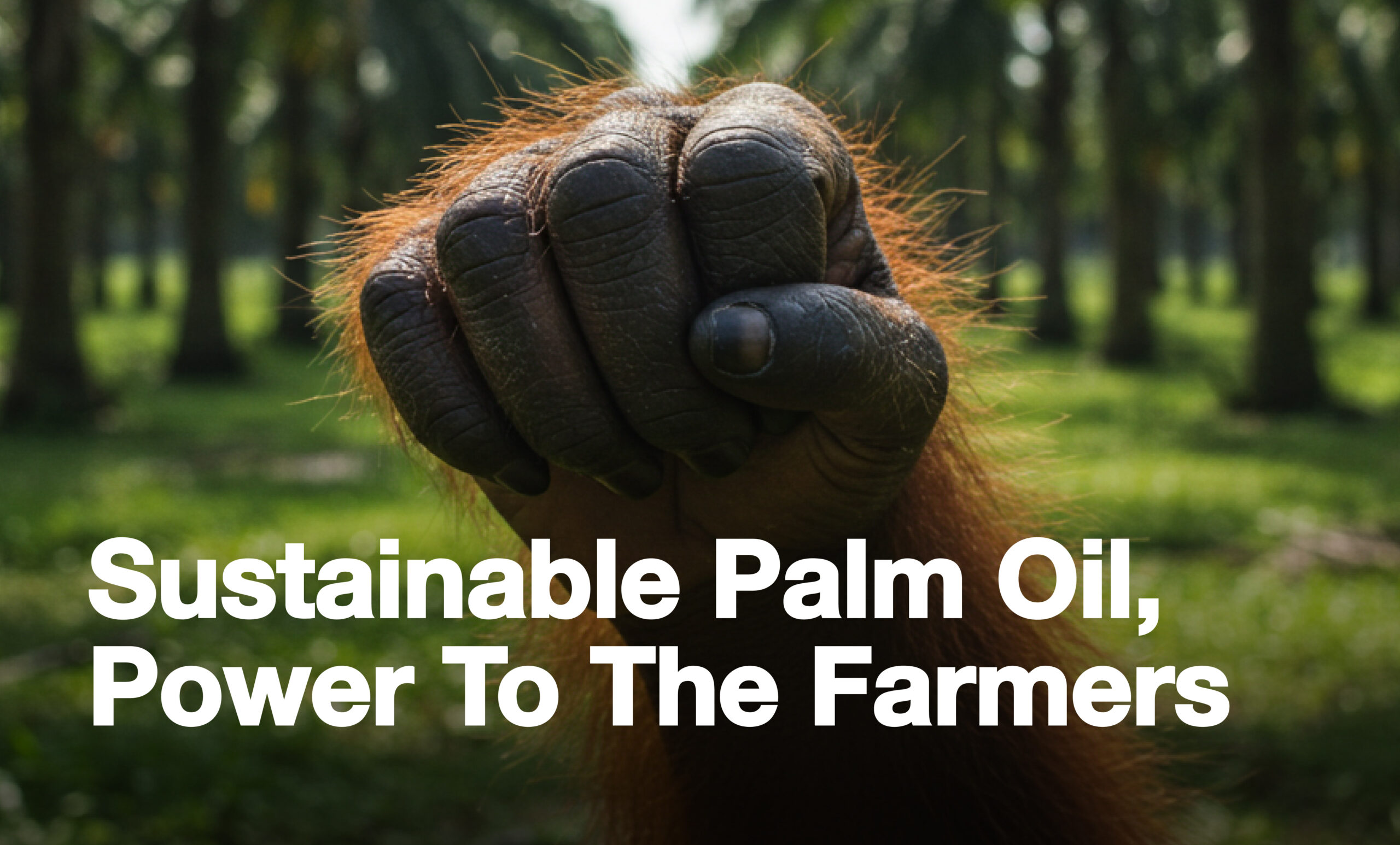
When it comes to cooking, baking, or enjoying your favourite packaged treats, edible oils are everywhere. But have you ever wondered how they differ beyond flavour? From their environmental impact to cooking performance, the choice of oil affects more than just your meal – it shapes our planet’s future.
In this article, we’ll compare five of the world’s most widely used edible oils: palm oil, olive oil, sunflower oil, rapeseed (canola) oil, and soybean oil. We’ll look at them through the lenses of sustainability, health, cooking performance, global trade, and their role in feeding a growing population.
1. Sustainability and Land Use
One of the biggest differences between edible oils is how much land they need to produce the same amount of oil. Palm oil is the undisputed leader here, yielding around 3–4 tonnes of oil per hectare annually – several times higher than sunflower, soybean, or rapeseed. That means less farmland is needed, reducing pressure on forests and other ecosystems if production is done responsibly.
Olive oil has a much lower yield and is largely grown in Mediterranean climates, which are increasingly water-stressed. Sunflower, soybean, and rapeseed require far more land and, in some cases, intensive pesticide use. Sustainability certifications, like the MSPO (Malaysian Sustainable Palm Oil) and RSPO (Roundtable on Sustainable Palm Oil), help to ensure palm oil production meets strict environmental and labour standards. As such, palm oil is the most heavily scrtunised and regulated vegetable oil on the planet.
2. Health and Nutrition
Health claims often dominate edible oil discussions. Olive oil, particularly extra virgin, is celebrated for its high monounsaturated fat content and antioxidants. Rapeseed (canola) oil is also high in monounsaturated fats and has a favourable omega-3 to omega-6 ratio.
Palm oil offers a balance of saturated and unsaturated fats, making it stable for cooking without hydrogenation, which helps to avoid harmful trans fats. It’s also naturally rich in vitamin E tocotrienols, powerful antioxidants that are being studied for heart and brain health. Sunflower and soybean oils are high in polyunsaturated fats, but excessive consumption of omega-6 fatty acids without balancing omega-3s can be less ideal for heart health.
3. Cooking Performance
If you’ve ever fried food in olive oil and found it smoking too soon, you’ll know not all oils are created equal in the kitchen. Palm oil’s composition makes it highly heat-stable, ideal for frying, deep-frying, and baking without producing off-flavours. Rapeseed oil is also versatile, while sunflower and soybean oils have decent frying performance but can degrade faster. Extra virgin olive oil shines in salads and low-heat cooking but is less suited to high-temperature use.
4. Feeding a Growing World
According to the UN, the global population is expected to surpass 9.7 billion by 2050. Meeting the demand for food will require high-yield crops that can be produced efficiently and fairly. Palm oil’s high yield means it can meet demand using less land – a key advantage in protecting biodiversity.
Soybean oil dominates in North and South America, but it drives significant deforestation in some regions. Sunflower oil production is concentrated in fewer countries, making it vulnerable to climate and geopolitical shocks. Rapeseed is mostly grown in temperate regions, limiting expansion potential. Olive oil, while premium, is not a large-scale solution for global food needs due to yield and climate constraints.
5. Economic and Social Impact
Millions of smallholder farmers depend on edible oil crops for their livelihoods. In countries like Malaysia and Indonesia, palm oil supports rural economies, with sustainability schemes ensuring fair treatment, safety, and training. Olive, sunflower, and rapeseed oils also support farming communities, though production is often mechanised and large-scale in temperate regions. Soybean production is dominated by industrial farms, with fewer smallholder benefits.
6. Presence in Packaged Foods
Palm oil’s versatility means it appears in everything from margarine to chocolate to plant-based meat alternatives, often replacing partially hydrogenated oils. Sunflower and soybean oils are also widely used in processed foods, while olive oil remains more niche. Palm oil’s stability means products have longer shelf lives without artificial additives.
The Verdict?
Every vegetable oil has its strengths – olive oil for flavour and antioxidants, rapeseed for its omega profile, sunflower for its light taste, soybean for its global availability. But when you consider characteristics like land efficiency, cooking performance, and an ability to feed the world sustainably, then palm oil, when produced under strict certification schemes like MSPO and RSPO, stands out as a balanced, scalable solution.
In the end, the “best” oil depends on your needs – whether that’s a drizzle over your salad or making a conscious choice which helps shape a more sustainable global food system.



